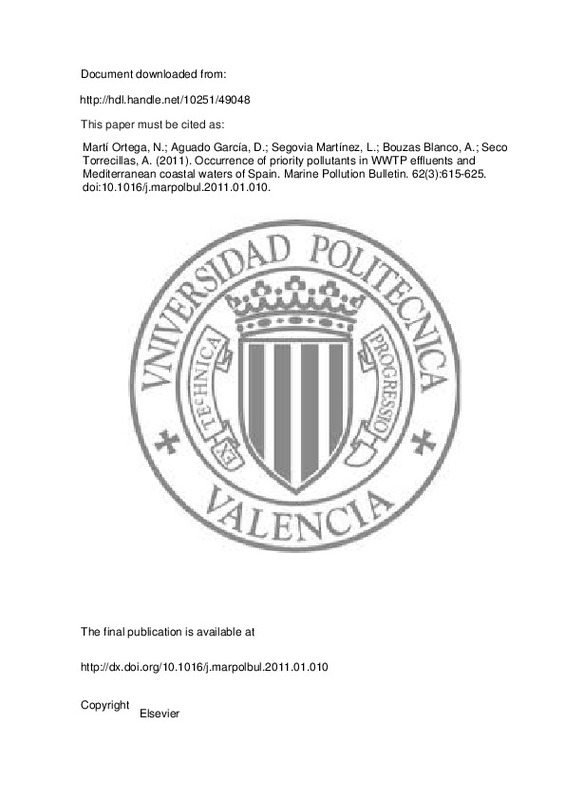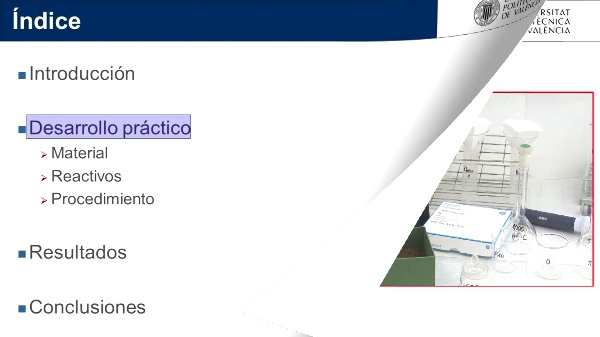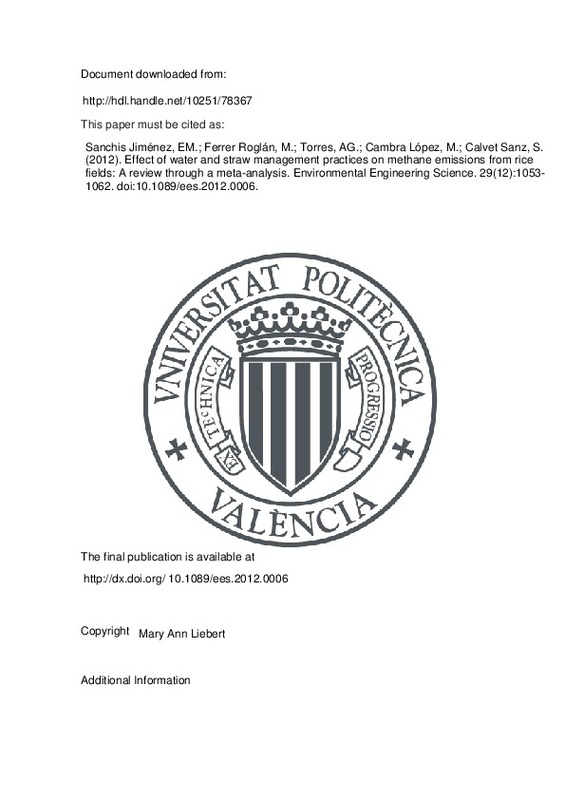Soler Escoda, JM.; Santos-Juanes Jordá, L.; Miró Martínez, P.; Vicente Candela, R.; Arques Sanz, A.; Amat Payá, AM. (2011). Effect of organic species on the solar detoxification of water polluted with pesticides. Journal of Hazardous Materials. 188(1-3):181-187. https://doi.org/10.1016/j.jhazmat.2011.01.089
Por favor, use este identificador para citar o enlazar este ítem: http://hdl.handle.net/10251/50969
|
Título:
|
Effect of organic species on the solar detoxification of water polluted with pesticides
|
|
Autor:
|

 Soler Escoda, Juan Miguel
Soler Escoda, Juan Miguel

 Santos-Juanes Jordá, Lucas
Santos-Juanes Jordá, Lucas

 Miró Martínez, Pau
Miró Martínez, Pau

 Vicente Candela, Rafael
Vicente Candela, Rafael

 Arques Sanz, Antonio
Arques Sanz, Antonio

 Amat Payá, Ana María
Amat Payá, Ana María
|
|
Entidad UPV:
|
Universitat Politècnica de València. Grupo de Procesos de Oxidación Avanzada
Universitat Politècnica de València. Departamento de Ingeniería Textil y Papelera - Departament d'Enginyeria Tèxtil i Paperera
Universitat Politècnica de València. Departamento de Estadística e Investigación Operativa Aplicadas y Calidad - Departament d'Estadística i Investigació Operativa Aplicades i Qualitat
|
|
Fecha difusión:
|
|
|
Resumen:
|
The effect of organic species on a solar-driven photo-Fenton treatment of a mixture of pesticides (methyl-oxydemethon, methidathion, carbaryl and dimethoate) has been studied in this paper. Triethoxyisododecyl alcohol, ...[+]
The effect of organic species on a solar-driven photo-Fenton treatment of a mixture of pesticides (methyl-oxydemethon, methidathion, carbaryl and dimethoate) has been studied in this paper. Triethoxyisododecyl alcohol, acetophenone and ethylenediaminetetraacetic acid (EDTA) have been used as examples of surfactants, solvents and complexing agents, respectively. An inhibitory effect on mineralization as well as on the elimination of the pesticides was observed in the case of the aliphatic surfactants, most probably due to the competition between the pesticides and the added organic matter for reaction with the relatively unselective hydroxyl radical. A methodology combining chemical analyses and bioassays was tested in order to explore the applicability of coupling a photo-Fenton process with a biological treatment in the presence of the surfactant. Despite the complexity of the mixture under study, a reliable monitoring of the process was accomplished; the biocompatibility of the mixture was enhanced and the optimal irradiation intensity was achieved just after complete removal of the pesticides. © 2011 Elsevier B.V.
[-]
|
|
Palabras clave:
|
Biocompatibility
,
Interferences
,
Pesticides
,
Photo-Fenton
,
Surfactants
,
Acetophenones
,
Biological treatment
,
Carbaryl
,
Complexing agents
,
Dimethoate
,
Ethylenediaminetetraacetic acid
,
Hydroxyl radicals
,
Inhibitory effect
,
Methidathion
,
Optimal irradiation
,
Organic matter
,
Organic species
,
Photo-Fenton process
,
Agricultural chemicals
,
Chemical analysis
,
Detoxification
,
Ketones
,
Mixtures
,
Surface active agents
,
Acetophenone
,
Alcohol
,
Edetic acid
,
Organic compound
,
Pesticide
,
Solvent
,
Surfactant
,
Triethoxyisododecyl alcohol
,
Unclassified drug
,
Bioassay
,
EDTA
,
Hydroxyl radical
,
Irradiation
,
Ketone
,
Mineralization
,
Water pollution
,
Water treatment
,
Article
,
Fenton reaction
,
Methodology
,
Photochemistry
,
Hydrogen Peroxide
,
Organic Chemicals
,
Sunlight
,
Surface-Active Agents
,
Water Pollutants, Chemical
,
Water Purification
|
|
Derechos de uso:
|
Cerrado |
|
Fuente:
|
Journal of Hazardous Materials. (issn:
0304-3894
) (eissn:
1873-3336
)
|
|
DOI:
|
10.1016/j.jhazmat.2011.01.089
|
|
Editorial:
|
Elsevier
|
|
Versión del editor:
|
http://dx.doi.org/10.1016/j.jhazmat.2011.01.089
|
|
Código del Proyecto:
|
info:eu-repo/grantAgreement/MICINN//CTQ2009-13459-C05-03/ES/Integración de procesos de fotocatálisis solar en la depuración biológica de aguas residuales para la eliminación de contaminantes emergentes (EDARSOL)/
info:eu-repo/grantAgreement/GVA//GVPRE%2F2008%2F369/
info:eu-repo/grantAgreement/UPV//PAID-003-581/
|
|
Agradecimientos:
|
We want to acknowledge the financial support of Spanish Ministerio de Ciencia y Tecnologia (Project CTQ2009-13459-C05-03), Generalitat Valenciana (Project GVPRE/2008/369), and Universidad Politecnica de Valencia (PAID 003-581).[+]
We want to acknowledge the financial support of Spanish Ministerio de Ciencia y Tecnologia (Project CTQ2009-13459-C05-03), Generalitat Valenciana (Project GVPRE/2008/369), and Universidad Politecnica de Valencia (PAID 003-581).
[-]
|
|
Tipo:
|
Artículo
|






![[Cerrado]](/themes/UPV/images/candado.png)





